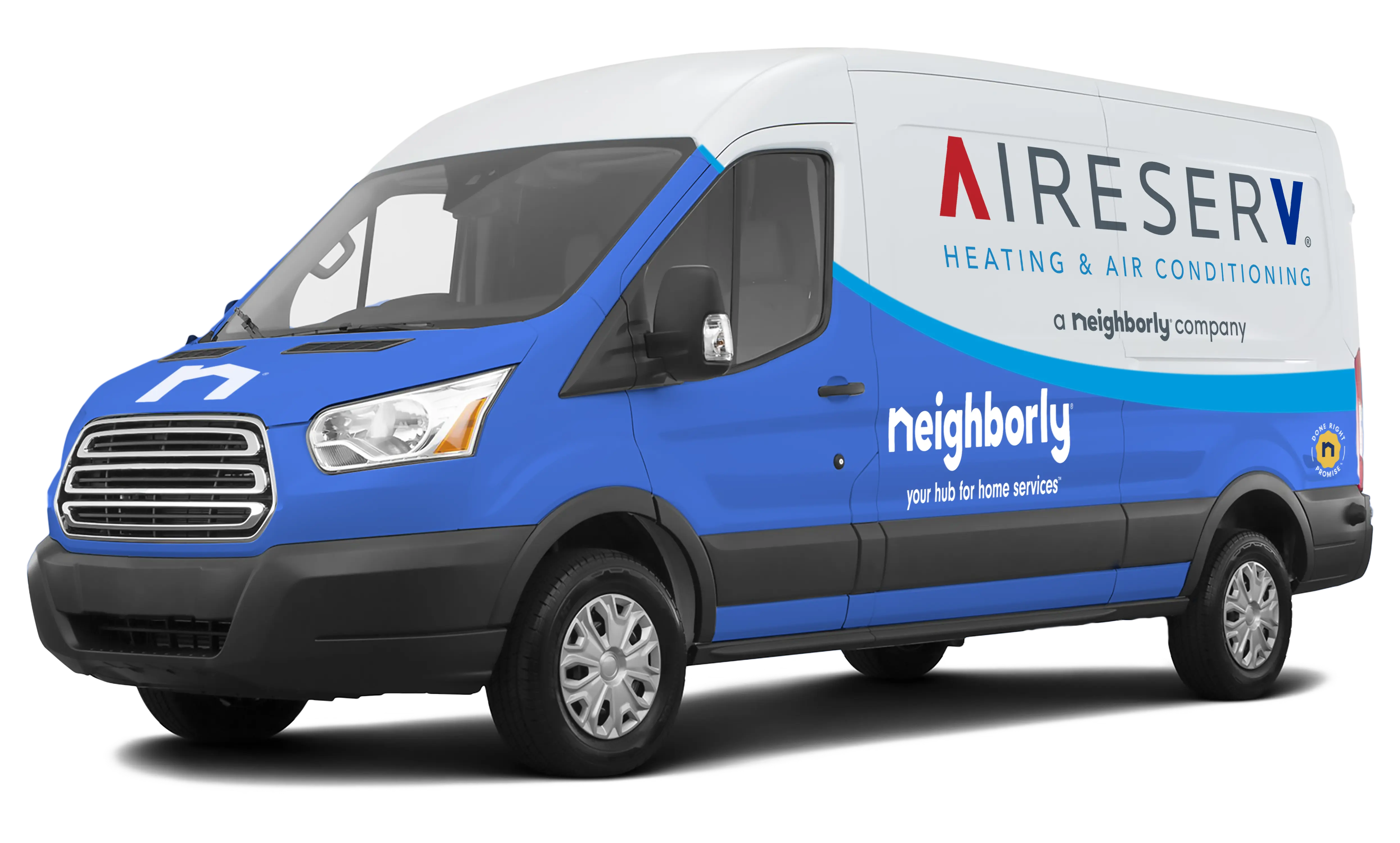
Understanding the Impact of High Elevation on HVAC Systems
Flagstaff, AZ, stands out for its stunning natural beauty and distinctive climate shaped by its elevation, which sits around 7,000 feet above sea level. This high altitude influences many aspects of daily life—including the performance of your heating, ventilation, and air conditioning (HVAC) system. Homeowners in Flagstaff often face unique challenges in keeping their homes comfortable and energy efficient because of these elevation factors.
Our team at Aire Serv® of North Central Arizona helps you explore how Flagstaff’s elevation affects HVAC performance and what issues you might encounter. We’ll also answer the common question: Do you need a special HVAC system for high elevations?
Why Elevation Matters for HVAC Performance
At higher altitudes, the air pressure is lower, meaning the air contains less oxygen than air at sea level. This thinner, less dense air plays a crucial role in how heating and cooling equipment operates.
Fuel-based heating systems, like gas furnaces, need oxygen to burn fuel efficiently and safely. Reduced oxygen levels can make combustion less effective, often leading to incomplete burning or requiring equipment adjustments to function properly. Meanwhile, air conditioners and heat pumps rely on the air’s ability to absorb and dissipate heat. Because air density decreases with altitude, HVAC systems may not cool or heat as effectively without the right setup.
This means your HVAC system faces a different environment than systems closer to sea level, impacting efficiency, performance, and maintenance needs.
Common HVAC Challenges Faced by Flagstaff Homeowners
Several specific issues can arise due to Flagstaff’s high elevation, including:
- Reduced Heating Efficiency – Gas furnaces may have trouble igniting or maintaining steady flames due to thinner oxygen, reducing heating efficiency and increasing energy use.
- Cooling Performance Drops – Air conditioners might struggle to transfer heat efficiently because lower air density limits heat absorption. This can lead to longer cooling cycles or uneven indoor temperatures.
- Ventilation and Combustion Concerns – Improper ventilation becomes more risky; systems designed for lower elevations might fail to vent gases effectively at high altitude.
- Pressure and Airflow Issues – Blower motors and fans may operate less efficiently in thinner air, affecting airflow through your home and the HVAC system.
- Increased Wear and Tear – Due to these stresses, HVAC systems may need more frequent servicing or earlier replacement to maintain optimal performance.
Being aware of these challenges helps homeowners manage expectations and plan for HVAC maintenance and replacement options suited to Flagstaff’s unique climate.
Do You Need a Special HVAC System for High Elevations?
The short answer is: sometimes. Whether you need specialized HVAC equipment depends on your current system, your home’s design, and how well the equipment was originally set up for high-altitude operation.
Manufacturers often design furnaces, boilers, and other heating equipment to accommodate different altitudes. Furnaces might have adjustable gas pressures and combustion settings, and HVAC technicians can tune systems to compensate for altitude effects. If you’re installing a new system, it's a smart idea to choose one with high-altitude certification or adjustable settings.
While no equipment is specifically labeled for altitude for air conditioners and heat pumps, sizing and installation practices matter. A system that is too small for your home’s needs or improperly installed will struggle regardless of elevation. Certified HVAC professionals understand how altitude impacts sizing calculations and can recommend units that perform best in Flagstaff’s conditions.
If your home’s current HVAC system frequently fails in comfort or efficiency, or if you’re planning a new installation, the best step forward is to consult a heating and cooling expert knowledgeable about high-altitude challenges.
Maintenance Tips for HVAC Owners in Flagstaff
Keeping your HVAC system in shape is vital in Flagstaff’s demanding environment.
Tips to keep your HVAC operating at its best (even at high altitudes) include:
- Schedule Regular Professional Tune-Ups – Skilled technicians will inspect combustion settings, ventilation, and airflow to tune your system for peak performance at altitude.
- Replace Filters Often – Clean airflow helps your system work efficiently, especially when air is thinner and dust levels may be elevated.
- Check Thermostat Settings – Programmable thermostats can help maintain consistent temperatures without overworking your system.
- Monitor for Warning Signs – Strange noises, uneven heating or cooling, or sudden spikes in energy bills are signals your system needs attention.
Following these practices can extend your system’s lifespan and improve comfort inside your home.
The Bottom Line: HVAC in Flagstaff Requires Specific Know-How
Flagstaff’s high elevation creates conditions that affect HVAC performance in noticeable ways. Your furnace might need adjustments for efficient combustion, your air conditioner could work longer to cool your home, and ventilation requires special care. Whether you’re maintaining an existing system or installing a new one, professional expertise ensures your HVAC equipment matches your home’s unique environment.
By working with knowledgeable technicians who understand the impact of altitude, you’ll help your system run smoothly, efficiently, and reliably—providing consistent comfort throughout Flagstaff’s varying seasons.
Need HVAC Help in Flagstaff? Aire Serv of North Central Arizona Can Assist!
Every home is different, and paying attention to how your heating and cooling perform at high altitude can prevent costly problems. With proper tuning, maintenance, and equipment choices, you can enjoy steady comfort and energy savings no matter your elevation.
Contact our HVAC experts to schedule service today.

